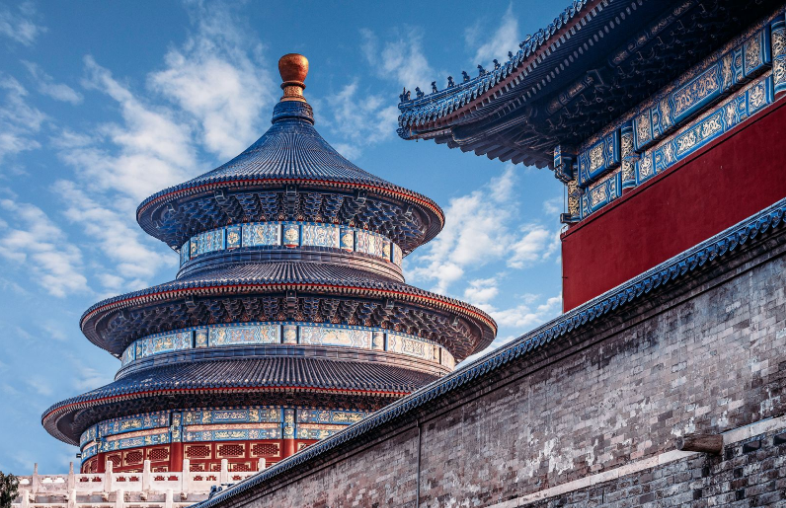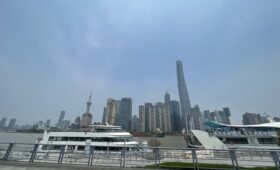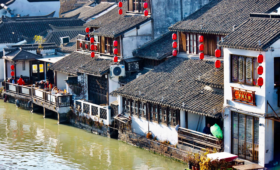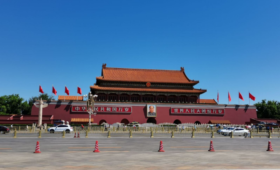The Temple of Heaven is a complex of imperial religious buildings situated in the southeastern part of central Beijing.
The complex was visited by the Emperors of the Ming and Qing dynasties for annual ceremonies of prayer to Heaven for a good harvest.
The Temple of Heaven was inscribed as a World Heritage site in 1998 and was described as “a masterpiece of architecture
and landscape design which simply and graphically illustrates a cosmogony of great importance
for the evolution of one of the world’s great civilizations…” as the “symbolic layout
and design of the Temple of Heaven had a profound influence on architecture and planning in the Far East over many centuries.”
History
It was constructed from 1406 to 1420 during the reign of the Yongle Emperor of Ming Dynasty,
who was also responsible for the construction of the Forbidden City in Beijing.
It is currently located in Dongcheng Beijing, China.
The complex was extended and renamed Temple of Heaven during the reign of the Jiajing Emperor in the 16th century.
JiaJing also built three other prominent temples in Beijing, the Temple of the Sun in the east,
the Temple of Earth in the north, and the Temple of Moon in the west.
The Temple of Heaven was renovated in the 18th century under the Qianlong Emperor.
By then, the state budget was insufficient, so this was the last large-scale renovation of the temple complex in imperial times.
The temple was occupied by the Anglo-French alliance during the Second Opium War.
In 1900, during the Boxer Rebellion, the Eight-Nation Alliance occupied the temple complex
and turned it into the force’s temporary command in Peking, which lasted for one year.
With the downfall of the Qing, the temple complex was left un-managed.
The neglect of the temple complex led to the collapse of several halls in the following years.
In 1914, Yuan Shikai, then President of the Republic of China,
performed a Ming prayer ceremony at the temple, as part of an effort to have himself declared Emperor of China.
In 1918 the temple was turned into a park and for the first time open to the public.
Ceremony
In ancient China,the Emperor of China was regarded as the Son of Heaven,
who administered earthly matters on behalf of, and representing, heavenly authority.
To be seen to be showing respect to the source of his authority, in the form of sacrifices to heaven,was extremely important.
The temple was built for these ceremonies, mostly comprising prayers for good harvests.
Twice a year the Emperor and all his retinue would move from the Forbidden City through Beijing to encamp within the complex,
wearing special robes and abstaining from eating meat.
No ordinary Chinese was allowed to view this procession or the following ceremony.
In the temple complex the Emperor would personally pray to Heaven for good harvests.
The highpoint of the ceremony at the winter solstice was performed by the Emperor on the Earthly Mount.
it was widely held that the smallest of mistakes would constitute a bad omen for the whole nation in the coming year.




